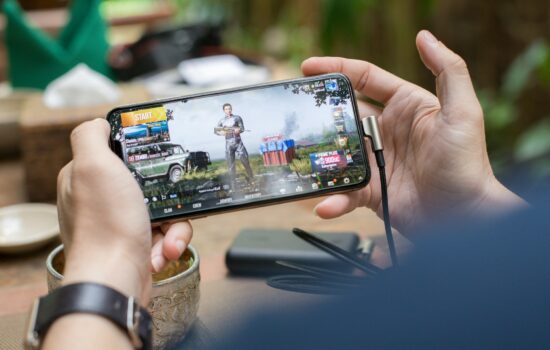Rather than coming up with an elaborate, obviously fake news headline such as “Steve Jobs is alive”, we’ve compiled a curated list of 5 Apple products that were a complete joke to both customers and the wider tech community. We’ve also included some honorable mentions for products that are still helpful but extortionately priced for example.
iPod Socks
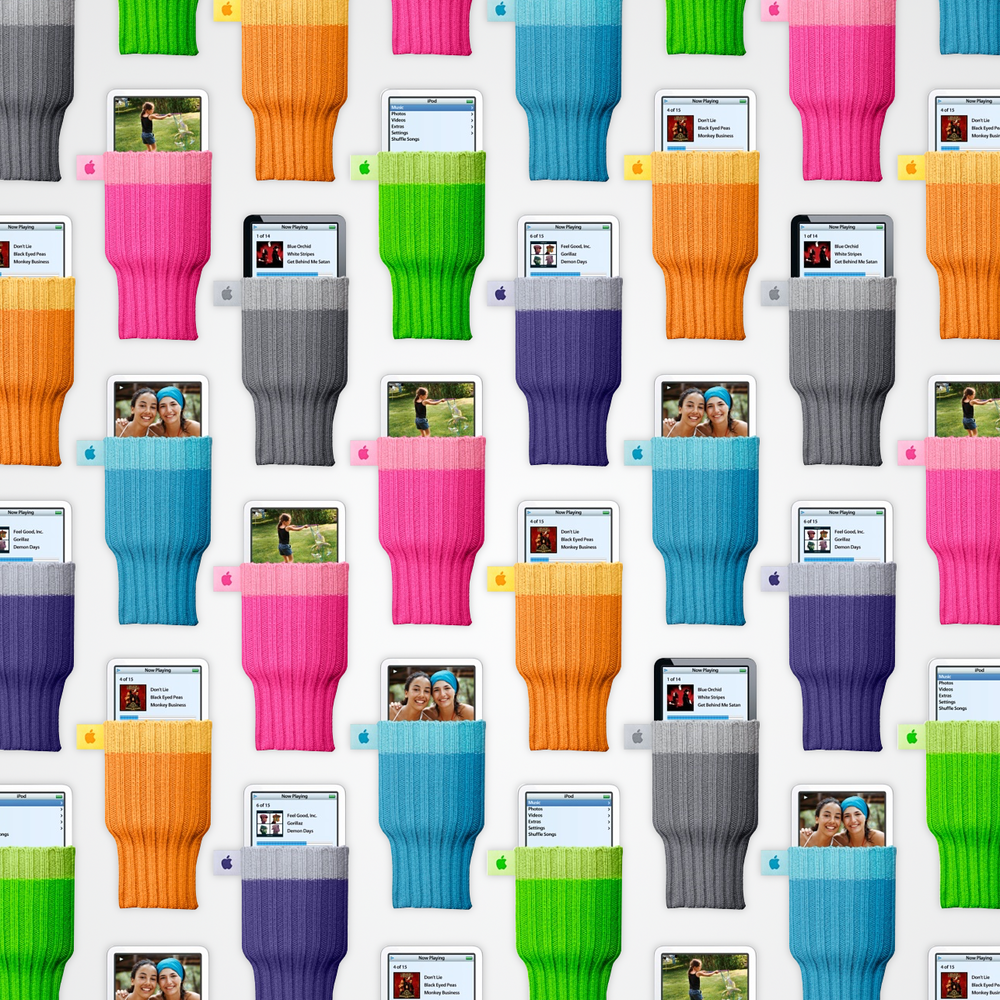
iPod Socks? Ever heard of the term before? As the name suggests, it is a sock for your iPod to protect it from any scratches and dust since it’s as fragile as your skin. Now, you must be wondering – if there are socks – there must be shoes as well. Unfortunately, no shoes have been released to protect the iPod. But hey, you can start.Â
The revolutionary iPod Socks were released in six different finishes (green, purple, grey, blue, orange, and pink) in November 2004 and were later discontinued in 2012. The retail price for this protective sock was $29 – making it (probably) the most expensive sock ever.
So if it’s snowing outside, your iPod could keep itself warm and protect itself from getting a cold. The one tip from looking at this product is that it should not be used in summer as the heat might damage your battery.
Here’s an original quote from the archived product page:
“Forgive us if we’re stating the obvious, but here’s how it works: Just slide your iPod into the sock to keep it safe and warm. Slide it out to dock or change playlists. It’s as easy as… putting on a pair of socks.”
The sock is made out of a revolutionary fabric – cotton. No sock has ever been made with this material and the iPod Sock was the first one to use it (obviously not). Who would actually go and buy this sock?
AirPower
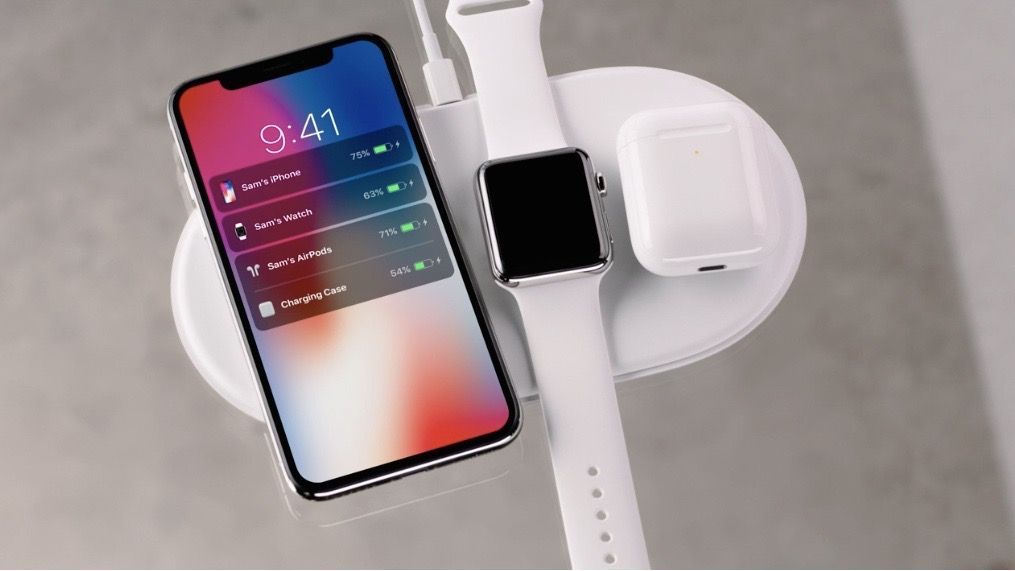
AirPower was a revolutionary charging solution previewed by Apple during the 2017 September Event. The unique device was able to charge up to 3 devices simultaneously, shown with iPhone, AirPods, and Apple Watch in the event. The hype around this product was strong and has been maintained despite Apple never delivering a production version. In a report from TechCrunch, Apple had experienced issues with heating and being able to safely charge 3 devices using the 3D charging coils.
“AFTER MUCH EFFORT, WE’VE CONCLUDED AIRPOWER WILL NOT ACHIEVE OUR HIGH STANDARDS AND WE HAVE CANCELLED THE PROJECT. WE APOLOGIZE TO THOSE CUSTOMERS WHO WERE LOOKING FORWARD TO THIS LAUNCH. WE CONTINUE TO BELIEVE THAT THE FUTURE IS WIRELESS AND ARE COMMITTED TO PUSH THE WIRELESS EXPERIENCE FORWARD.”
Copycat products from different retailers across the industry have since released various renditions of AirPower, arguably meeting the demands of the savvy Apple fans by offering more variations and a black version for example. It’s awkward to think that external companies have been able to innovate where multi-trillion-dollar Apple hasn’t.
Pro Stand
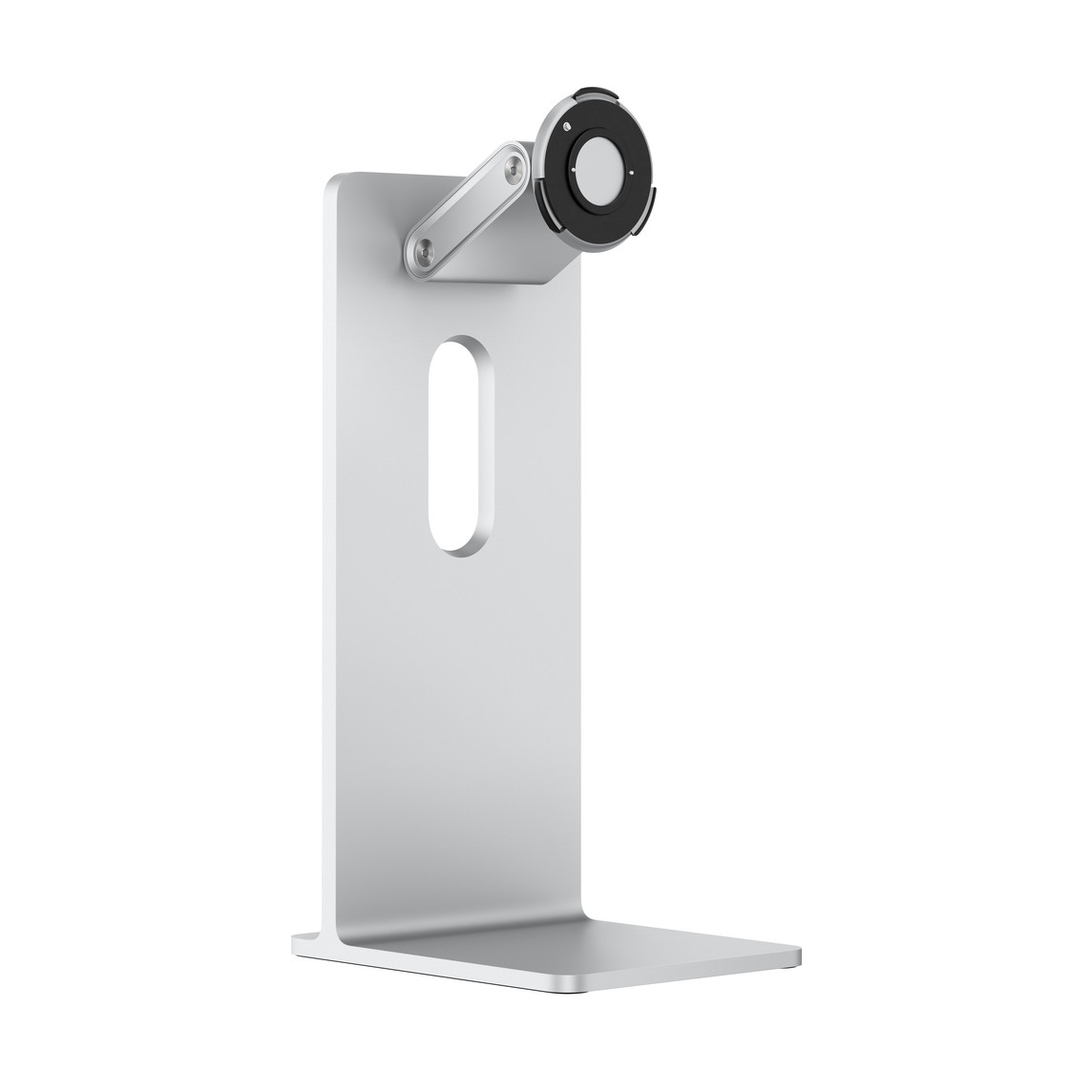
With Apple’s enterprise solutions, sticker shock is always something regular Apple users will experience, as displayed with Apple’s Pro Stand. The Pro Stand is a custom engineered solution to do only one thing – hold your Pro Display XDR – nothing else. Yes, it can be argued that the design is specially made for the display, but it does seem rather obscure to buy a monitor without any sort of stand or mount included, doesn’t it?
To counter this, it is only $200 for the VESA mount adapter, meaning it is far cheaper to use 3rd party stands and mounts than to opt for Apple’s in-house solution.
AirPods Max Case
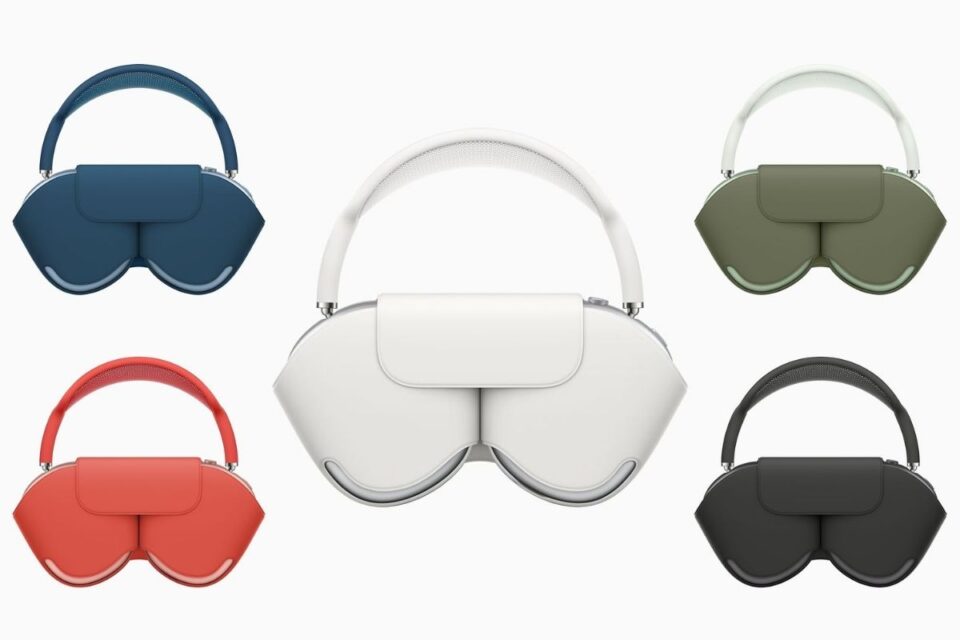
Besides resembling that of a woman’s bikini top, the AirPods Max carrying case is regarded as a bit of a joke amongst the Apple community. After being shown in 2020, instantly memes were shared of the different colors of AirPod Max cases applied in different situations.
I hate to point this out but the new Apple AirPods Max carrier looks lika a bra. Sorry you can't unsee it now ??”â™‚ï¸ Carry-on #AirPodsMax pic.twitter.com/gW9j8rnYZD
— Mario Charles (@Mariocharming) December 8, 2020
Despite looking slightly awkward, the cases are also the only way for the AirPods to properly “turn off”, as there is no physical power button and leaving the headphones open on standby. Making the case a slightly ugly, but necessary piece of hardware.
Hockey Puck / Pro Mouse / Mighty Mouse / Magic Mouse
The “Puck” Mouse
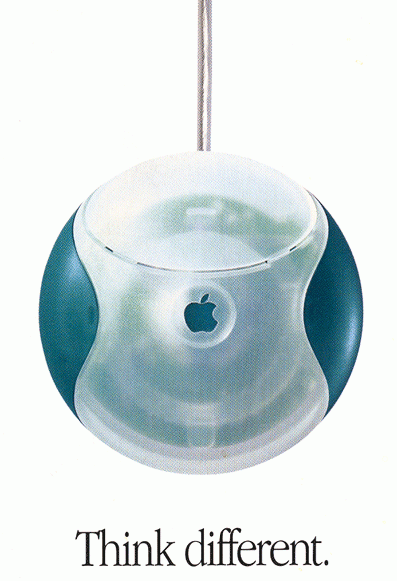
In 1998, Apple debuted a breakthrough all-in-one computer that would help bring the computer company back on track, the iMac G3. Because Apple did away with all the legacy ports, Apple had to introduce a new design for the mouse. Enter the “Hockey Puck” mouse. Designed to match the colors of the iMac G3, Steve Jobs touted it as “the coolest mouse on the planet.” because many people bought these beautifully designed machines that included those mice, it became apparent that many people hated the mouse after all. In fact, they even claimed they got carpal tunnel syndrome from using this accessory because of its poor ergonomics. In fact, there was even a third-party accessory called the iCatch, which was a shell that you could attach to the mouse to toggle it into a more elliptical shape.
The Pro Mouse
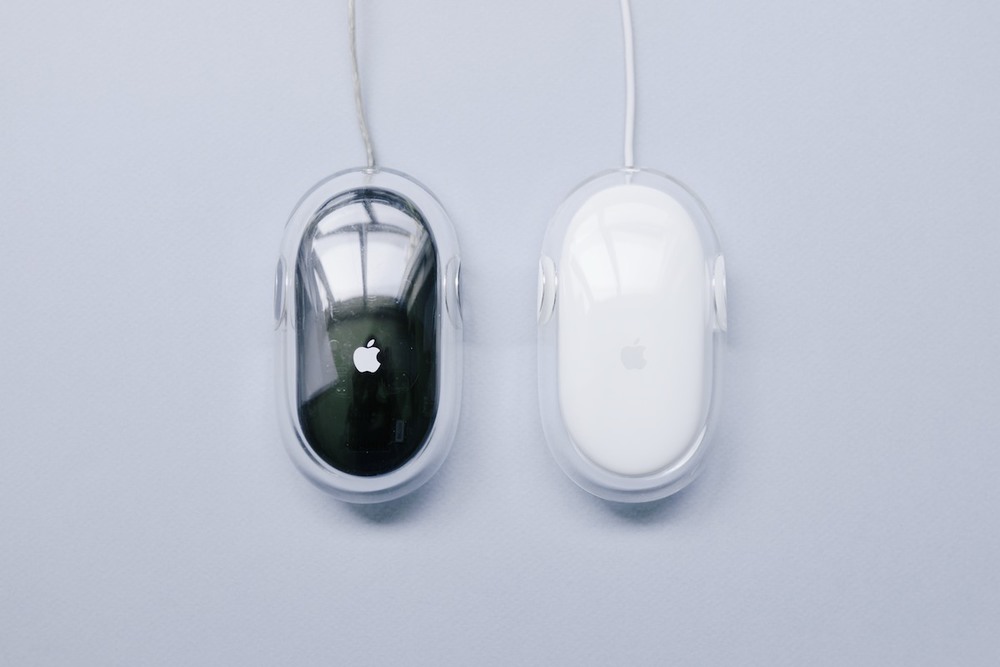
In 2000, Apple showed that they had listened to its customers by going back to the drawing board to redesign the mouse. It did feature a minimalist and translucent design with the traditional elliptical shape; however, the top surface of the mouse served as one button. Because of its confusing design, many people thought this was a zero-button mouse. Other PC mice at the time were typically two-button wheel mice.
Overall, this mouse was difficult to work with and counterintuitive, considering other 3rd party accessory makers were successful by saying conventional.
The Mighty Mouse
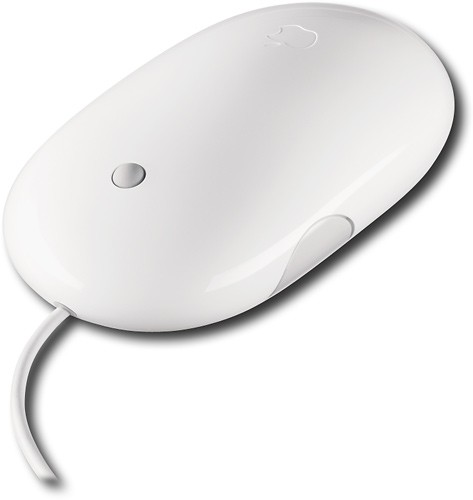
In 2005, Apple redesigned the mouse once again, but this time, it had gotten better. These improvements included a 360-degree scroll bar, touch-sensitive buttons, and a pressure-sensitive “squeeze” functionality that could provoke a secondary shortcut. Finally, you could right-click with this mouse. As an ongoing myth, naive people think that you cannot right-click on a Mac – which can be changed under the “Mouse” option under “Settings”.
However, this improved design didn’t come without flaws. For example, the scroll ball would quickly attract dirt, which would impact performance. On top of this, the scroll wheel was small and often overly sensitive to scrolling, meaning that lots of tweaking had to be done by the user in order to suit their workflow.
The Magic Mouse
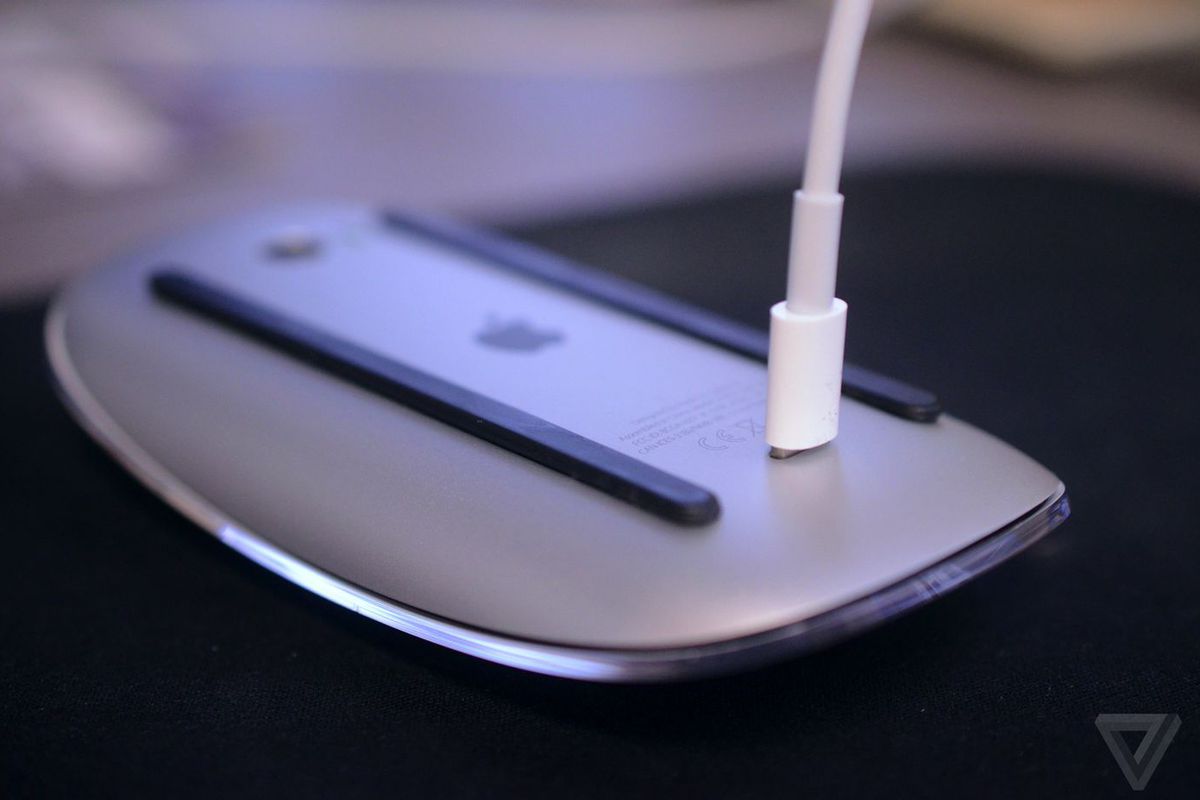
In 2009, Apple changed the mouse for another time and called it the “Magic Mouse” to go along with the redesigned iMac. Its multi-touch glass surface allows the user to perform gestures to navigate around the OS. Its laser-tracking allows for increased pointer accuracy. However, these improvements came with an odd, flatter design that people got confused about how to hold. You could still grab it by the sides and use it as a normal mouse.
Apple also debuted the second generation of Magic Mouse which eliminates the need for AA batteries. Instead, you just charge it with a Lightning cable. But there’s a catch – you have to plug it into the bottom of the device in order to charge it! Some Apple fans have even taken it to the next level by finding workarounds only to find out that you still cannot use it normally whilst you’re charging the device.
Honorable Mentions:
Apple Mac Pro Accessories
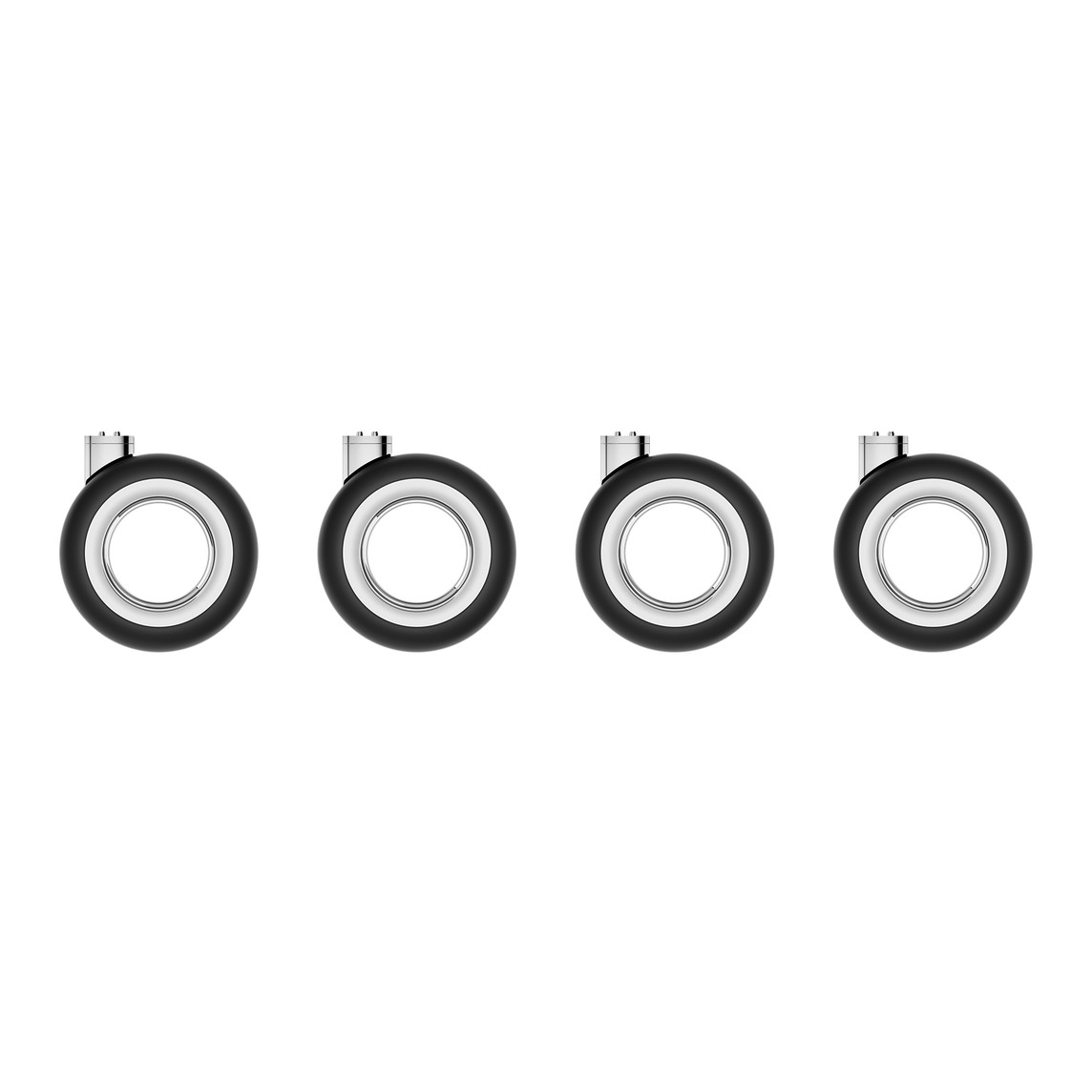
Apple’s Mac Pro Wheels and Feet accessory kits (respectively) are included on this list as an honorable mention, as they are still practical and do serve a purpose with regard to how your hypothetical Mac Pro sits (or rolls) on the floor but in any reasonable opinion, the pricing of these accessories is a complete joke! $700 for wheels or $300 for basic feet is far beyond what the average Apple consumer is able to afford for an accessory, let alone buying a Mac Pro with a starting price of $6,000. It is clear that Apple is targeting enterprise solutions with this beast of a computer and from this, it can also be assumed that a larger company would actually pay for accessories of this price range if it means business is better/easier as a result.
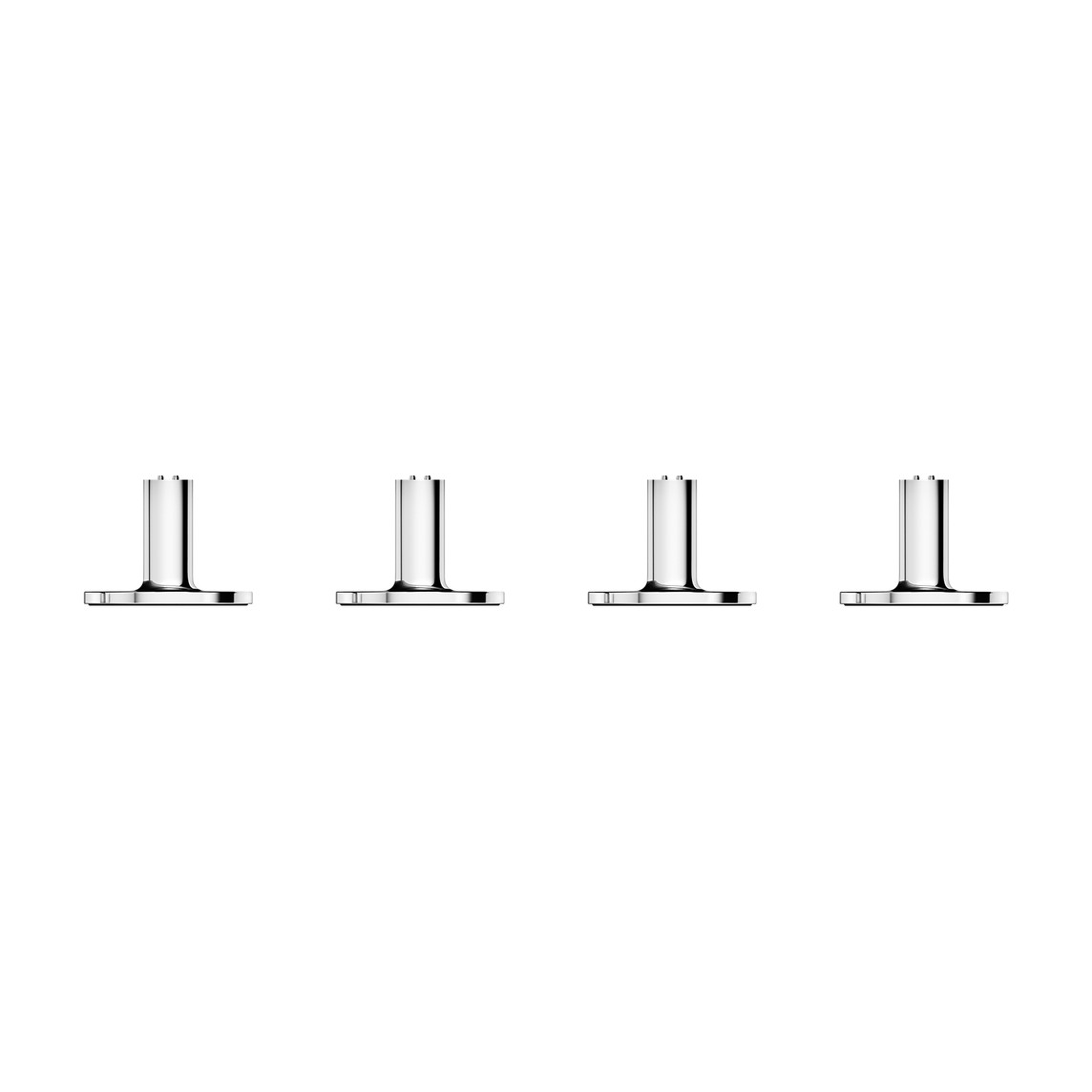
One extremely sneaky marketing note about this is the fact that most product images and icons show the Mac with the feet accessory installed, somewhat giving the impression of it being included – until you get to the configuration page.
Apple Book

Designed by Apple in California is an iconic picture book filled with various stills of Apple products throughout time – both in new and used conditions to show the wear of the products over time. With a starting price of $200 for the smaller version and $300 for the large version, it is reasonable to say that many nerds wouldn’t have even batted an eye at this because of the eye-watering price tag – even if it does look nice. Considering that the product is no longer for sale, this product can be called a joke within the Apple community.
Conclusion
This covers the top Apple products that were a complete joke for April Fool’s day. If you think we’ve missed anything off this list, let us know over on Twitter on @Appleosophy!
Credits to Nick Snoog and Pururaj Dutta for contributing sections to this article.






